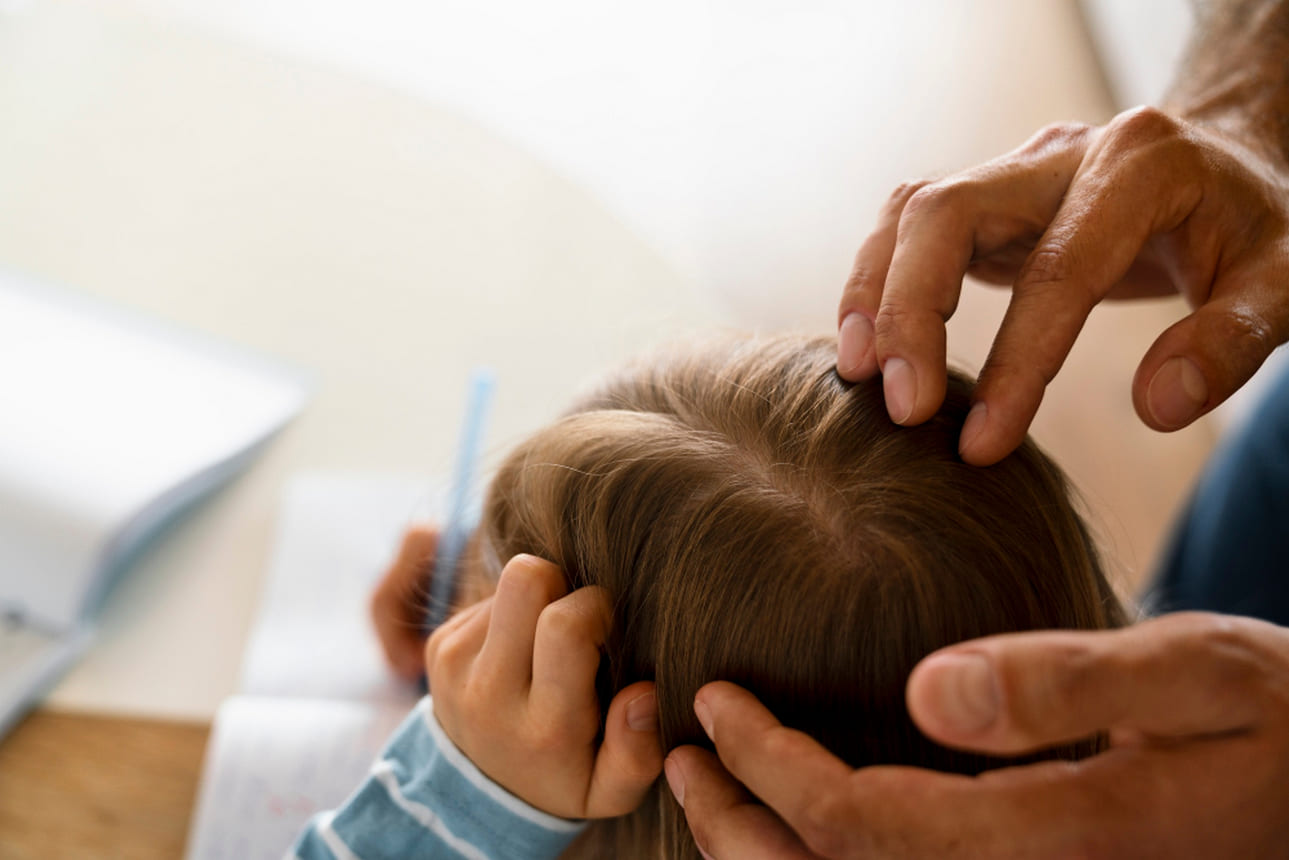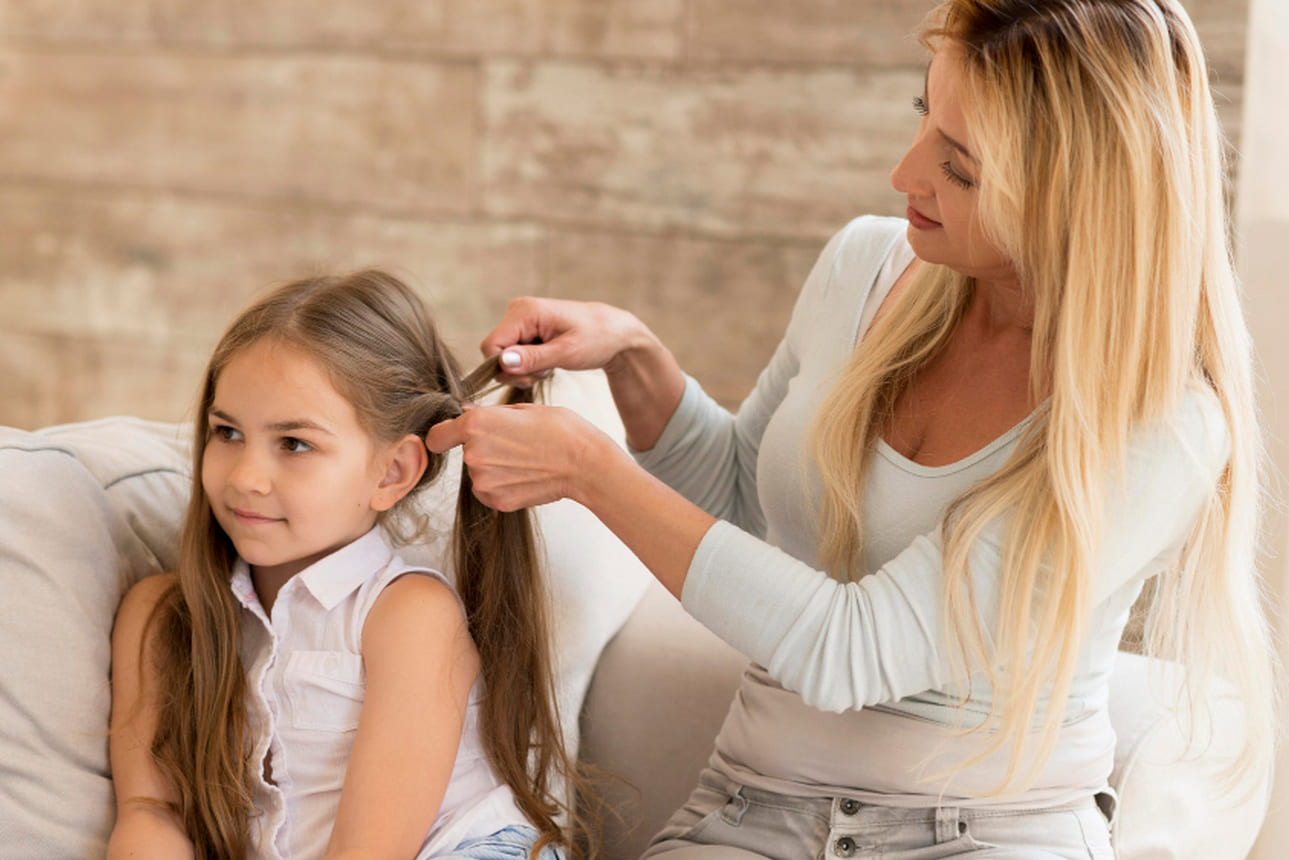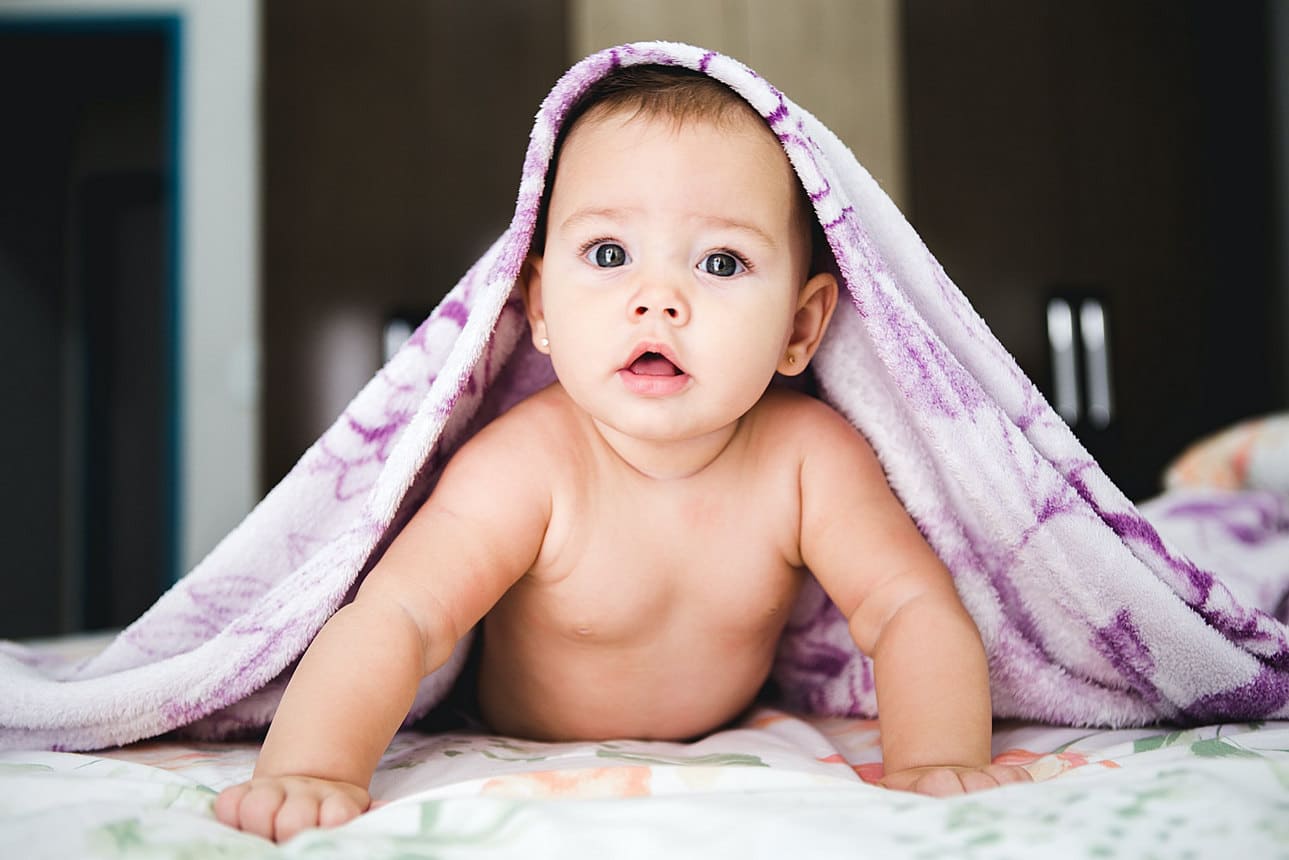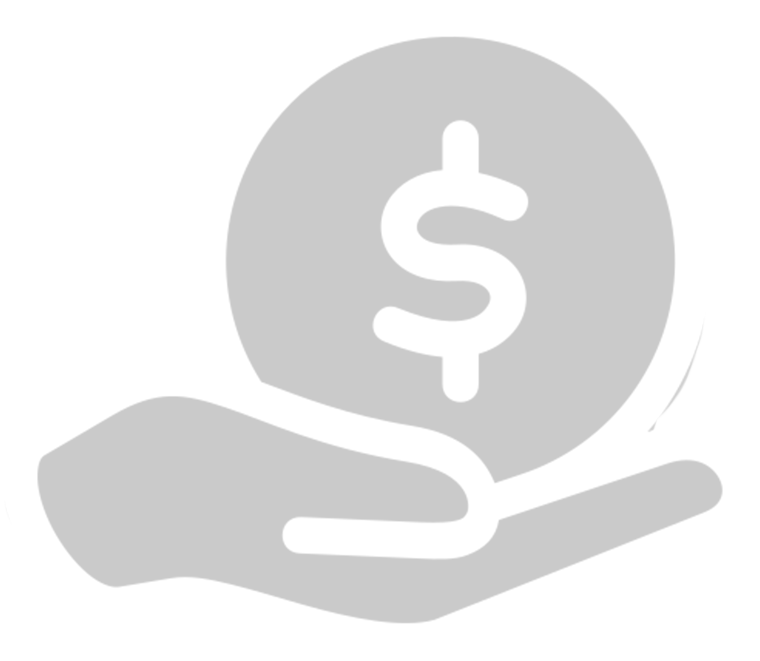Unfortunately, childhood alopecia is a rare situation, but it can occur because of other diseases. It is estimated that 1% of pediatric dermatological medical visits are related to hair loss in children. From which, in many cases the hair loss is due to a physiological cause, but in others it is the consequence of some type of childhood alopecia.
Tabla de Contenidos
Medical causes of alopecia in children
Diseases or conditions related to hair loss in children are:
- Tinea capitis. This contagious disease, also known as ringworm, is a rash caused by a fungal infection that will be causing itching and, scaling, and it will be leaving round or oval areas on the head where patches of hair will be missing which could slowly enlarge and leave black dots where the hair has been shed. It is a common condition in toddlers and kids in school age. In addition, the hair becomes brittle, and can be easily pulled out.
- Alopecia areata. This is disease of autoimmune origin that will be attacking the hair follicles, causing a sudden decrease in hair production, especially in the temporal and occipital areas of the head. In the most serious cases it can affect the entire scalp. It is a non-contagious condition, which can be noticed by the sudden appearance of round or oval areas of hair loss without flaking or broken hairs.
- Trichotillomania. It is a disorder related to obsessive-behavioral disorder (OCD) that consists of compulsively pulling out the hair on the head, eyebrows, eyelashes, and arms. This means that children could be pulling their hair out to calm anxiety or stress. You could be noticing a loss of hair without a regular pattern and with broken hair due to pulling.
- Traction alopecia. It is a situation caused by two forces that pull the hair in the opposite direction. It is more frequent in girls who usually pull their hair back to comb it. In this case, the lateral and frontal areas of the head will be the most affected by alopecia.

- Telogen effluvium. This condition is a stage of hair growth in which hair follicles stop growing. However, under conditions of extreme stress (diseases, injuries, a family problem, or a reaction to medication), the follicles will be producing hair again only after several months. The good news is that hair will be growing back after a while.
- Hypothyroidism. Hypothyroidism is an endocrine problem that consists of the deficiency of thyroid hormones and could be causing delayed growth, diffuse hair loss, lack of energy, nutritional deficiencies, dry skin, and other situations that could be influencing hair loss.
- Nutritional deficiency. This is the least frequent cause in children: It could be due to zinc or biotin deficiency or excess vitamin A, which could be causing hair loss.
- Discoid lupus erythematosus. This disease is a rare form of chronic cutaneous lupus erythematosus characterized by scaly, erythematous papules and plaques on sun-exposed parts of the body, such as the scalp. Lupus causes inflammation in the skin of the scalp, so it is common for hair to thin out and fall out.
- Triangular congenital alopecia. It is a type of non-scarring alopecia that affects the frontotemporal area, either on one side of the head or on both. It usually causes thinning and hair loss, leaving an oval or triangular area with no hair with a diameter of about 44 mm and with finer hairs in the surrounding area.
- Chemotherapy. Children receiving chemotherapy for cancer treatment will be losing much of their hair because the drugs used will be rapidly killing de cells that are quickly dividing in the body, including the capillaries.
Non-medical causes of alopecia in children
- Alopecia in newborns. During the first six months of life, babies lose the hair they were born with, and mature hair will be growing later.
- Due to friction or wear. Babies lose the hair on the back of their heads from repeated rubbing against the crib mattress.

- Use of chemical products. The products used to bleach, dye, straighten or curl the hair contain harsh chemicals that damage the roots of children’s hair, so it is not recommended to apply them.
- Use of dryers. Excessive use of hot blow dryers and flat irons can also burn the roots, weaken them, and cause them to fall out.
How to diagnose alopecia in children?
The doctor will examine the child’s scalp for visible symptoms and, if suspecting a condition such as tinea capitis, he will be requesting a microscopic examination or clinical analysis. If trichotillomania is suspected, a diagnosis by a mental health specialist will probably be required. The dermatologist is the specialist indicated to diagnose childhood alopecia.
Having a systematic and complete clinical history helps to determine the diagnosis of hair loss and breakage. For this, the duration of the fall, the rate of hair loss, the location of the area affected by alopecia, the degree of loss, associated symptoms, hair hygiene, medical and family history are analyzed.
Treatments for alopecia in children
Once the cause of alopecia is determined, the doctor will be prescribing the treatment and therapy for specific diseases. For example, in the case of hyperthyroidism, the child will be referred to an endocrinologist to indicate the accurate dose of levothyroxine for treatment.
In case of ringworm, oral and shampoo antifungals will be prescribed. If it is alopecia areata, systemic glucocorticoids and topical treatments will be usually prescribed to relieve itching and burning skin.

Prevention of hair loss in children
- Avoid using hats, sheets or second-hand clothes for your baby, it’s better trying to take their things to school or daycare to avoid wearing other children’s clothes.
- Avoid using dryers or irons with extreme heat. If you are going to dry your children’s hair, it’s better doing it with cold air or heat on the lowest temperature.
- Trying not to make your daughters’ ponytails too tight so as not to be ripping their hair out from the frontal line.
- Choosing chemical products that are special for children: gel, shampoo, wax, or spray to detangle hair. Avoiding dyeing, bleaching, or perming on children as these products can irritate the scalp and damage the hair.
Childhood alopecia is a rare situation, but with a great impact on the lives of children. If you notice signs of hair loss in your child, take him to the doctor immediately to diagnose his case and provide prompt treatment for his condition.
At Hairfix we are a hair transplant clinic in Tijuana that will help you recover your hair’s appearance and health. Ask us for hair implants Mexico and hair transplant cost Mexico and contact us through our online chat for more information. We are ready to assist you!






